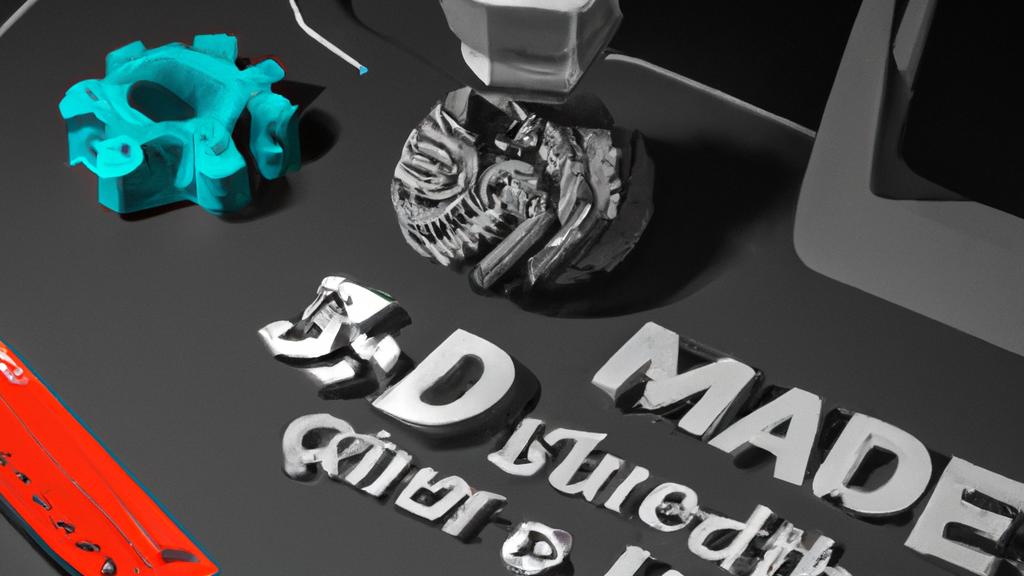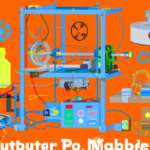
Introduction
If you’ve ever wondered how complex designs and shapes are transformed into physical objects, 3D printing could be the answer. The process of 3D printing involves the production of three-dimensional objects from a digital model. It’s a technology that has been gaining popularity in recent years and is set to revolutionize various industries, including medicine, automotive, aerospace, and architecture.
In this article, we’ll explore the different applications of 3D printing and how it has been used to create items from prosthetic limbs to car parts. 3D printing is a form of additive manufacturing, and it is one of the most innovative approaches to creating products. Unlike conventional manufacturing processes, 3D printing doesn’t require molds or tooling, and it significantly simplifies the production of items that would otherwise be complex and time-consuming to make.
So buckle up, and let’s delve into the world of 3D printing and discover how it’s excelling with each passing day.
What is 3D Printing?
So what exactly is 3D printing and how does it work? 3D printing is a process of creating three-dimensional objects by layering and shaping successive layers of a chosen material. These layers are deposited on top of one another starting from the bottom and moving upward, based on a virtual blueprint created through Computer-Aided Design (CAD) software.
The process of 3D printing begins with the design of a virtual model using a software program. The design is then saved as an STL (stereolithography) file and shared with the 3D printer. The printer reads the digital blueprint and begins the manufacturing process by laying down layers of material, such as plastic, metal, or ceramic, following the exact specifications of the virtual blueprint.
3D printing has revolutionized the manufacturing process, making it quicker, cheaper, and more accessible for all. With 3D printing technology, designs can be created and tested before the mass production of the final product. This helps with the elimination of errors and reduces costs, making it an affordable option for small to medium-sized businesses, entrepreneurs, and hobbyists alike. With this in mind, it’s no wonder that 3D printing has become increasingly popular in recent years.
How It Works
One of the most significant advantages of 3D printing is its versatility. The technology has diversified from its original use as a prototyping tool and is now used in various industries to create products such as aircraft parts, architectural models, and even human organs.
The 3D printing process has expanded the possibilities of manufacturing to a whole new level. It has allowed designers and engineers to create products with intricate designs and structures that would have been impossible with traditional manufacturing techniques.
Some of the materials used in 3D printing include plastics, metals, ceramics, and resins, among others. These materials can also be mixed to create hybrid materials that offer unique properties.
In addition to its versatility, 3D printing also has a faster turnaround time as it eliminates the need for traditional manufacturing processes such as cutting, drilling, and milling, which are generally time-consuming and costly.
Overall, the advantages of 3D printing make this technology an attractive option for various industries, including medicine, automotive, aerospace, architecture, and many more.
Advantages of 3D Printing
Despite being a relatively new technology, 3D printing has already proven to be a game-changer for several industries. For instance, in the medical world, 3D printing has revolutionized the manufacturing of prosthetic limbs, surgical models, and implants. The technology has made it possible to create customized prostheses for patients, ensuring an excellent fit and level of comfort.
In the automotive industry, 3D printing has been used to create lightweight and durable car parts that provide better performance. The technology has also made it possible to manufacture parts that would typically be difficult or expensive to produce, such as engine parts or exhaust system components.
Furthermore, the aerospace industry has benefited significantly from 3D printing technology. With 3D printing, designers can create lightweight, strong, and aerodynamic parts that help to improve aircraft performance. This technology has been used to create components like air ducts, turbine blades, and engine parts, among others.
Several other industries, including fashion, architecture, and even food production, have also adopted 3D printing technology to transform the traditional manufacturing process. The possibilities for the use of 3D printing are endless, and the future potential of this technology is immense.
Conclusion
To sum it up, 3D printing is an innovative technology that has transformed various industries in countless ways. It has revolutionized manufacturing by allowing designers and engineers to create complex designs and prototypes in a shorter amount of time, with lower costs. Moreover, 3D printing has opened up many opportunities for small businesses, entrepreneurs, and individuals to create products that they may not have been able to afford before.
The increased accessibility and versatility of 3D printing technology have also led to it being used to create an array of products, from industrial to medical and everything in-between. It is also an eco-friendly alternative to traditional manufacturing, as it produces less waste and requires fewer resources.
The future of 3D printing is continually evolving, with new advancements being made every day. It will likely have a significant impact on the manufacturing industry, providing new and innovative techniques that will continue to transform the way we manufacture products.
In conclusion, 3D printing is a technological powerhouse that has already revolutionized various industries in a relatively short period. With its versatility, speed, and cost-effectiveness, 3D printing has become an essential component of modern manufacturing and looks set to continue transforming the industry in the years to come.






